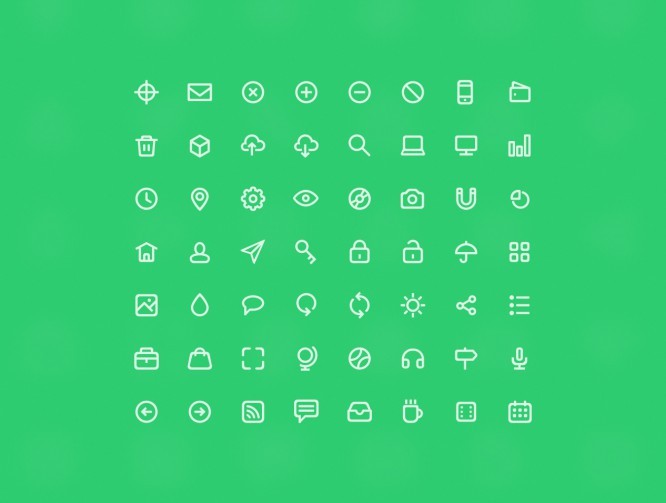How to bring good design to work in an organization
How to bring good design to work in an organization
Translation of the article “How to apply good design at every level of your organization” published on the Columnfivemedia blog in December 2014.
Strong visual communication is almost paramount to any normal organization, and yet it still poses great challenges. We all know what poor communication is fraught with: from wasting time, energy and resources to a PR disaster.
Bad design
Poor design is a plague that has infected many more organizations than we can imagine. Every time a boring report overlooks key information, or an important message gets lost in the clutter of a presentation, the problems are compounded.
Think back to the last PowerPoint presentation you or one of your colleagues sent to a client. Was it effective? Has it strengthened your relationship? In the worst case, such communication can simply discredit your organization.
So when it comes to getting your message across – how do you make sure that at least half of it is delivered correctly? It all starts with defining good design in the context of your business. This definition is achieved by creating a common visual language as an extension of already existing brand principles and giving it meaning at all levels of your organization. Essentially, a visual language is a common set of best practices for communicating information. Having created it once, you need to continue working within it.
As with any other form of communication, it is not so much what you say that matters, but how you say it. Thoughtful visual communication doesn’t just make information beautiful. Good design stimulates the viewers’ brains, increases the efficiency and effectiveness of information, and also gathers it into a single visual image.
The creation of this image can be achieved by working on the following criteria:
Appeal. According to a study by neurologists at the Massachusetts Institute of Technology, visual information is processed in just 13 milliseconds.
Understanding. Visualizing relationships, relationships and sequences will simplify and accelerate understanding of information.
Memorization. Good information design helps readers remember information quickly.
The correct use of design solutions improves the performance of literally everything – from client reports to blog posts, increases the importance of your content. A recent study by the Project Management Institute shows that design-focused companies such as Apple and Coca-Cola have increased their S&P 500 by 228% over the past 10 years.
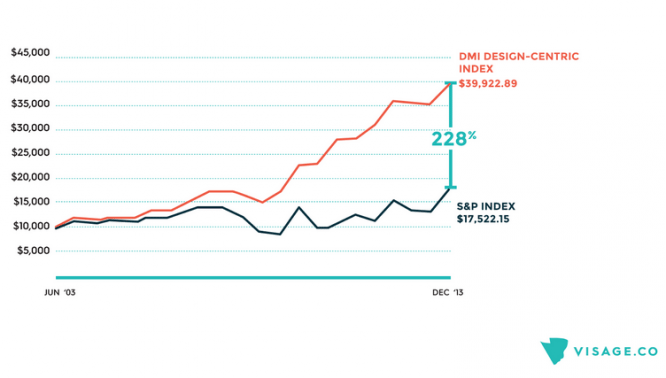
How to incorporate design into communication
Organizations tend to focus on the design of a few surface elements and thus miss out on great opportunities. The following tips will help you identify communication problems and solve them effectively.
1. Assess your current condition.
Ask yourself the following questions to identify areas to work in.
– How is communication carried out in your organization now?
– What is the most important content that you produce for both internal and external audiences?
– What information is vital and how should you present it?
– What information needs visualization?
– What products are the most difficult to manufacture?
– When do your people need to use PowerPoint, Keynote and other tools, and how can you help them represent your company in the best possible way?
– Who is missing in your team?
2. Determine the directions
Several key areas need more visibility. Consider how you can creatively rethink their work.
Reporting to the client: Demonstrating the results of your work to the client is the fastest way to build a strong relationship with him. Your main goal is to show that you love your customers (or at least value them). The increased attention to the preparation of such reports will certainly be effective.
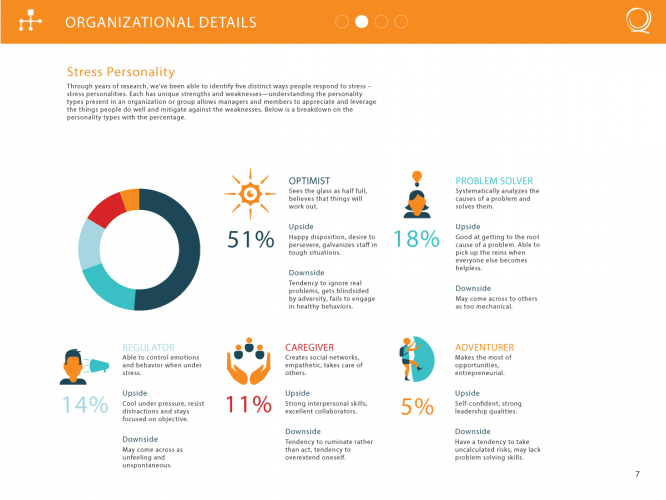
Content Marketing: When communicating with the masses, you compete for both time and attention. Ensuring that your content is original and effective is vital. Design plays a key role in achieving these goals.
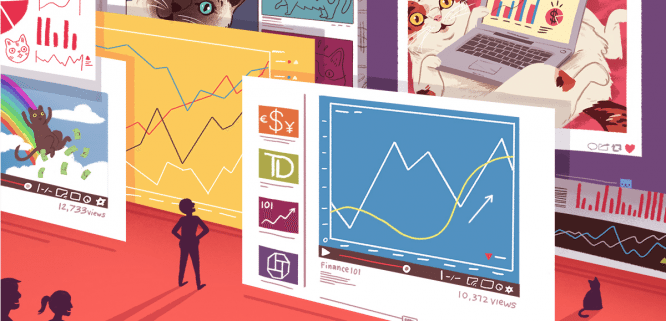
Internal communication: Working with an internal audience is as important to business development as working with an external one. Make sure the content for your employees is well-presented.
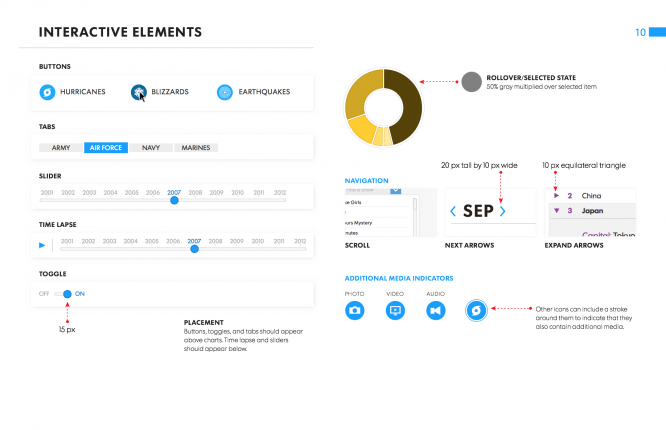
3. Create your visual language
Don’t expect it to work out right away, but start small. First of all, it is worth establishing uniform rules for the visualization of information – this contributes to a holistic perception of your brand. Keep in mind that consistency in the presentation of information not only makes your organization coherent in the eyes of the client, but also eliminates weak links within the team.
4. Train your team
You don’t need to have a professional design team on staff. A quick tour of the basics of design will help your people work more effectively.
5. Define a set of tools
Bringing good design to your organization is not about creating a library of ready-made materials that you can use when needed. You need to teach your people how to create their own content.
6. Turn to professionals to create high-value content
If you do it right, you will save important resources (people, time and money) for creating and developing fundamental projects. Your design staff will undoubtedly be happy to focus on your most important creative work.
You won’t be able to bring quality design to your company’s work overnight, but these steps will help you get closer to that goal. You just need to get started as soon as possible and do your job better and better every day.
…


